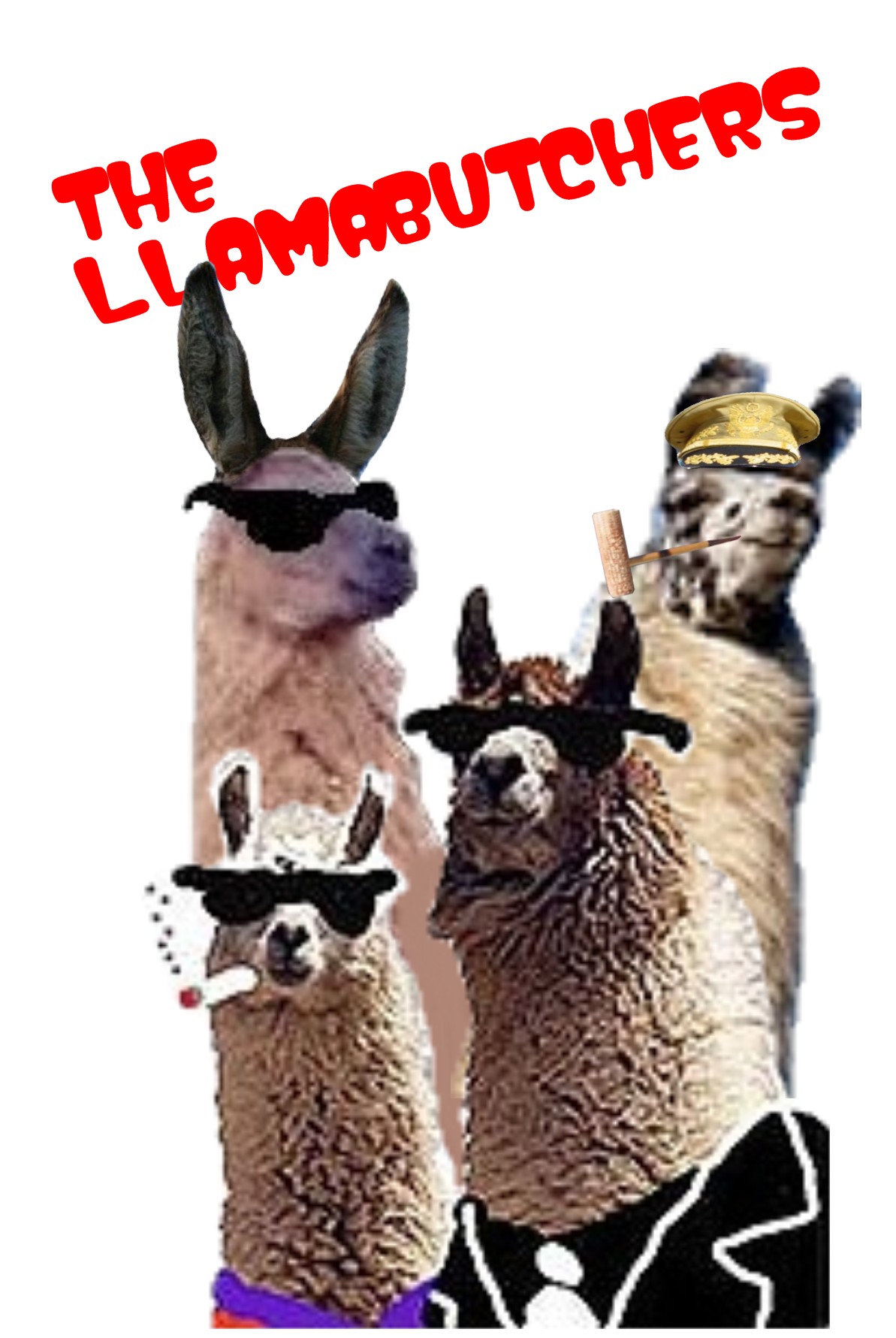December 05, 2007
Utterly Cartographic Geeky Coolness
One of the two greatest maps of mystery is going on public display for the first time in the US December 13th at the Library of Congress:
WASHINGTON (Dec. 3) - The only surviving copy of the 500-year-old map that first used the name America goes on permanent display this month at the Library of Congress, but even as it prepares for its debut, the 1507 Waldseemuller map remains a puzzle for researchers. Why did the mapmaker name the territory America and then change his mind later? How was he able to draw South America so accurately? Why did he put a huge ocean west of America years before European explorers discovered the Pacific?"That's the kind of conundrum, the question, that is still out there," said John Hebert, chief of the geography and map division of the Library of Congress.
The 12 sheets that make up the map, purchased from German Prince Johannes Waldburg-Wolfegg for $10 million in 2003, were mounted on Monday in a huge 6-foot by 9.5-foot (1.85 meter by 2.95 meter) display case machined from a single block of aluminum.
The case will be flooded with inert argon gas to prevent deterioration when it goes on public display December 13.
Researchers are hopeful that putting the rarely shown map on permanent display for the first time since it was discovered in the Waldburg-Wolfegg castle archives in 1901 may stimulate interest in finding out more about the documents used to produce it.
The map was created by the German monk Martin Waldseemuller. Thirteen years after Christopher Columbus first landed in the Western Hemisphere, the Duke of Lorraine brought Waldseemuller and a group of scholars together at a monastery in Saint-Die in France to create a new map of the world.
The result, published two years later, is stunningly accurate and surprisingly modern.
"The actual shape of South America is correct," said Hebert. "The width of South America at certain key points is correct within 70 miles of accuracy."
Given what Europeans are believed to have known about the world at the time, it should not have been possible for the mapmakers to produce it, he said.
The map gives a reasonably correct depiction of the west coast of South America. But according to history, Vasco Nunez de Balboa did not reach the Pacific by land until 1513, and Ferdinand Magellan did not round the southern tip of the continent until 1520.
"So this is a rather compelling map to say, 'How did they come to that conclusion,"' Hebert said.
The mapmakers say they based it on the 1,300-year-old works of the Egyptian geographer Ptolemy as well as letters Florentine navigator Amerigo Vespucci wrote describing his voyages to the new world. But Hebert said there must have been something more.
"From the writings of Vespucci you couldn't have prepared the map," Hebert said. "There had to be something cartographic with it."
The other map in this category is the Piri Reis map.
Of course, any discussion of the Piri Reis map, and its accurate drawing of the coast of Antartica without glaciers!!!! is just the pretext to show this trailer:
Do you think the President's Book of Secrets would include Grover Cleveland's recipe for BBQ Ribs?
Also, why don't conspiracy theory movies like this focus at all on the successful plot to assassinate William Henry Harrison?
Posted by Steve-O at December 5, 2007 11:19 PM | TrackBackAn interesting explanation for the accuracy of this map can be found in the book 1421: The Year the Chinese Discovered America. The book presents a lot of theories, evidence, and conjectures to explain that the Chinese treasure fleets actually mapped much of the world in the century before the Spanish and Portugese age of discovery and argues that the maps fell into the hands of Prince Henry, Columbus, et. al. so they had a rogh idea of where they were going before they left.
An interesting read, to say the least.
Posted by: BWS at December 6, 2007 11:07 AMThey killed Tippecanoe. Those b*stards!
Posted by: The Abbot at December 6, 2007 11:50 AM

 Image courtesy of the lovely and talented
Image courtesy of the lovely and talented 